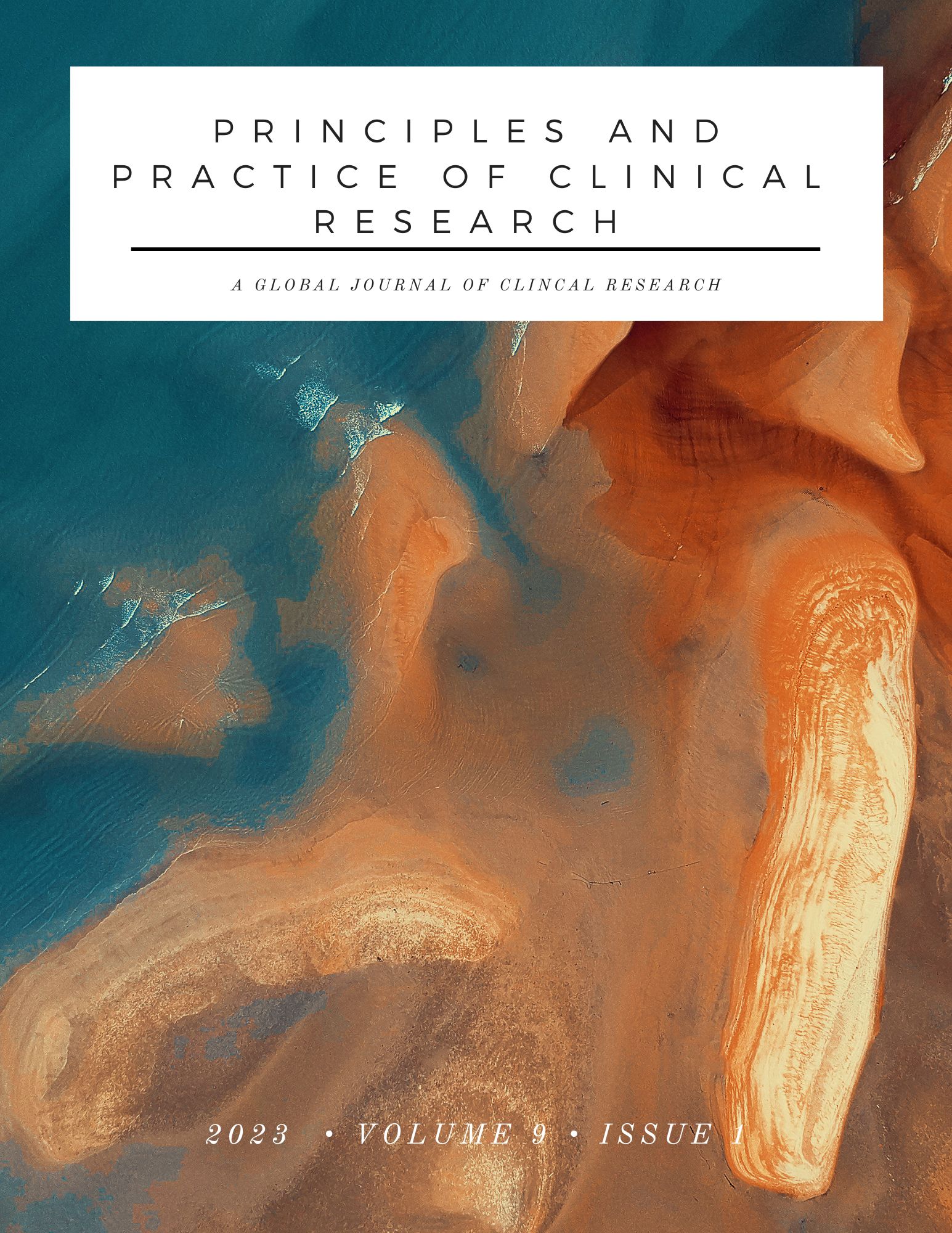The Efficacy and Safety of Epicutaneous Immunotherapy for Milk Allergy: A Systematic Review
Main Article Content
Abstract
Introduction: Cow’s milk allergy (CMA) is rising among children and adults, affecting 2-3% of children in affluent countries. Currently, the only standard of care is dairy restriction. However, epicutaneous immunotherapy (EPIT) is being studied as a potential treatment involving transdermal administration of an allergen to induce tolerance. EPIT has been proven safe for managing other food allergies in children and adolescents, but its efficacy for CMA is yet to be determined.
Methods: A systematic search of four databases (PubMed, ScienceDirect, SCOPUS, and clinicaltrials.gov) was conducted in September 2022 by three independent reviewers. Additional studies were found by manual reference browsing. All published articles and randomized controlled trials (RCTs) that assessed the effect of EPIT on CMA in children and adolescents aged ≤18 years were included. The search terms used were “epicutaneous immunotherapy” or “immunotherapy” or “EPIT”; “milk allergy” or “cow’s milk allergy” or “CMA” or “CMPA”; “children” or “young” or “kids.”
Results: Six studies were included after a systematic search of 123 studies, with three RCTs evaluating the safety and efficacy of EPIT in children with CMA and three meta-analyses and reviews on EPIT for CMA. The findings were inconclusive but suggested the possibility of treating cow’s milk allergy.
Discussion: EPIT shows promise in treating food allergies, including CMA. Evidence is lacking to determine its efficacy for CMA. More clinical trials with different dosages and longer follow-ups are needed. Results should be interpreted with caution due to limited studies.

